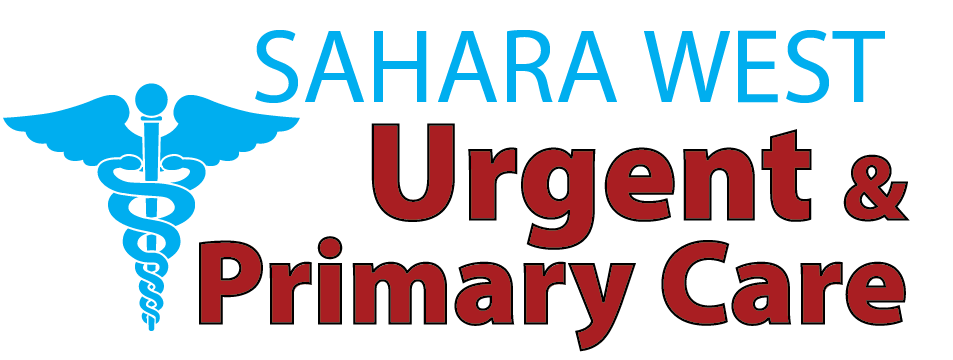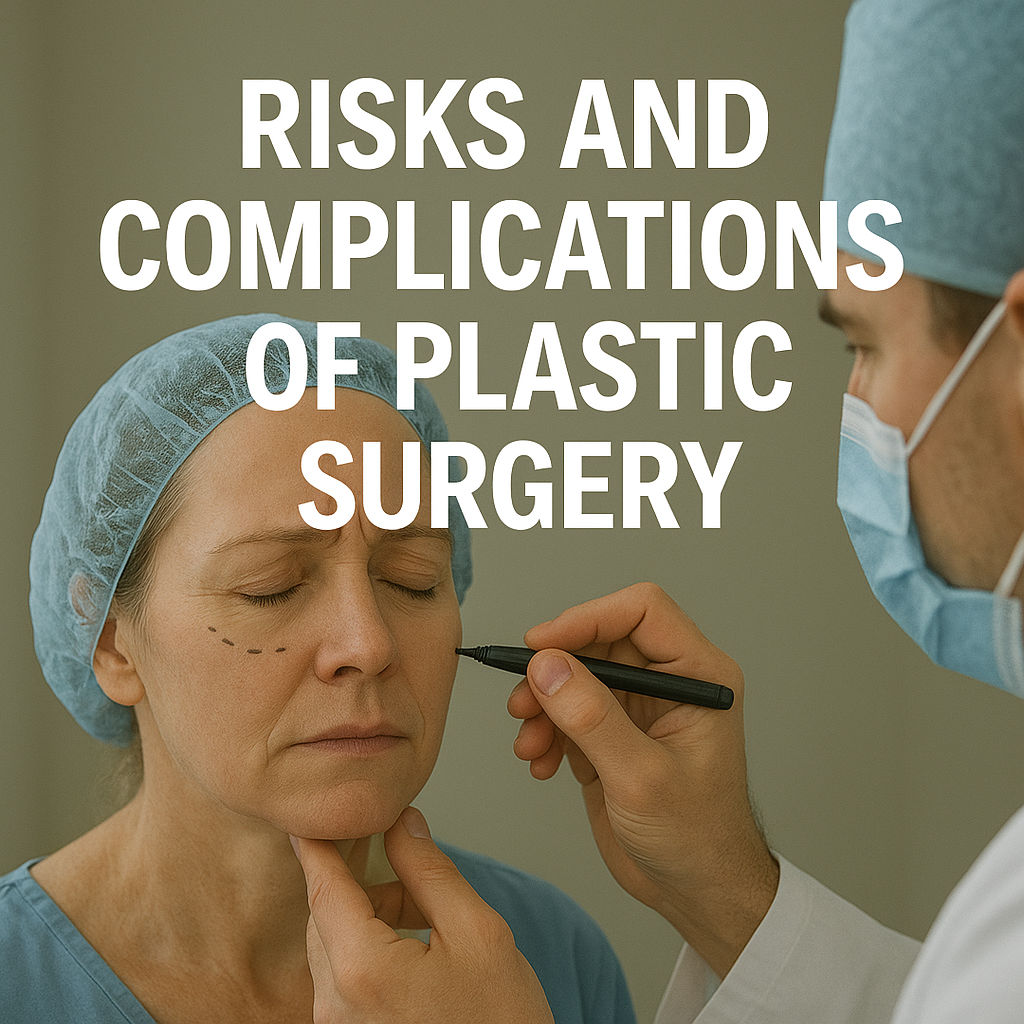Plastic surgery has become so popular, with millions of individuals undergoing the procedure on an annual basis to improve the way they look, rehabilitate functionality, or increase self-esteem. As much as the results may be life-changing, one should bear in mind that every surgery, whether cosmetic or reconstructive, is associated with certain risks. Knowing these risks aids patients in making informed choices, being realistic, and selecting safer treatment approaches. The following are the most typical risks and complications of plastic surgery, along with ways to mitigate them.
1. Infection After Surgery
One of the most common risks of any surgery, plastic surgery included, is infection. Although sterilization methods are advanced, bacteria can still penetrate the body through incisions. Symptoms can be swelling, redness, fever, or pus in the area of the incision. In serious cases, the infections can cause tissue damage or necessitate further operation.
Risk reduction: Adhere to all instructions on postoperative care, maintain the incision site clean, and take the prescribed antibiotics as prescribed.
2. Scarring and Poor Wound Healing
The majority of plastic surgeries involve some form of incision, and hence some forms of scarring are inevitable. Although the surgeons are trying to make an incision on less visible parts, an elevated or thick scar may form in patients, including keloids or hypertrophic scars. Widened scars or asymmetry could also be caused by poor wound healing.
Risk reduction: Do not smoke, eat a healthy diet, and adhere to wound care instructions. Surgeons should be informed by patients who are genetically susceptible to keloids.
3. Anesthesia Complications
Plastic surgery can be done using general or local anaesthesia. Even though the current state of anesthesia is safer than ever, complications might still take place. Others can easily develop allergic conditions, difficulty breathing, nausea, or dizziness. Uncommon yet severe complications consist of nerve damage or anesthesia awareness.
Risk reduction strategy: Provide the anesthesiologist with your complete medical history as well as any allergies, medications, and anesthetic history.
4. Excessive Bleeding and Hematoma
Hemorrhaging during or after surgery may result into complications such as hematoma, which involves the presence of blood under the skin and, as a result, results in pain and swelling. This condition can be treated further by the use of medical intervention or surgery to drain it.
Risk reduction: Preoperative prevention: Blood-thinning drugs, alcohol, and smoking should be avoided. Follow the instructions of your surgeon on rest and activity.
5. Nerve Damage and Sensation Changes
Temporary numbness is common after many plastic surgery procedures. However, in some cases, nerves may be damaged, leading to permanent numbness, tingling, or sensitivity issues. Facial surgeries, breast surgeries, and liposuction are procedures where nerve changes are more common.
How to reduce risk: Choose a highly qualified surgeon with expertise in the specific procedure you need.
6. Unsatisfactory or Asymmetrical Results
One of the most emotionally challenging risks of plastic surgery is dissatisfaction with the outcome. Results may appear uneven, unnatural, or not what the patient expected. Sometimes, revision surgery is required, which increases cost and recovery time.
How to reduce risk: Have realistic expectations. Review the before-and-after photos and clearly discuss your goals with your surgeon.
7. Blood Clots and Deep Vein Thrombosis (DVT)
Surgeries that require long periods of immobility increase the risk of blood clots, especially in the legs. In rare cases, clots can travel to the lungs, causing a life-threatening condition called pulmonary embolism.
How to reduce risk: Stay hydrated, move your legs during recovery, and take recommended medications if you’re at higher risk.
8. Seroma Formation
A seroma occurs when fluid collects under the skin after surgery, creating a swollen or bubble-like appearance. It can cause discomfort and sometimes requires drainage. Abdominoplasty (tummy tucks) and breast surgeries have a higher risk of seroma formation.
How to reduce risk: Wear compression garments and follow your surgeon’s postoperative instructions closely.
9. Tissue Necrosis
When blood flow to the operated area is reduced, tissue can die—a condition called necrosis. This is more common in surgeries involving skin grafts, implants, or procedures done on smokers. Necrosis may lead to scarring, infections, or the need for additional reconstruction.
How to reduce risk: Avoid smoking and follow all wound-care guidelines carefully.
10. Psychological and Emotional Impact
Beyond physical risks, plastic surgery can have emotional complications. Some patients may experience anxiety, depression, or regret after the procedure, especially if results do not match expectations. Body dysmorphic disorder (BDD) can worsen after cosmetic enhancements.
How to reduce risk: Have a thorough consultation and mental health evaluation if needed. Only pursue surgery for personal reasons—not pressure from others.
Final Thoughts
Plastic surgery in Las Vegas offers many benefits, but it must be approached responsibly. Understanding possible risks helps patients make informed decisions and reduces the likelihood of complications. The most important step is choosing a board-certified and experienced plastic surgeon. Combine that with proper preparation and aftercare, and you significantly increase your chances of achieving safe, satisfying results. To schedule your appointment with the highest standard of care, visit Sahara West Urgent Care on our website, where you can also explore more informative blogs




